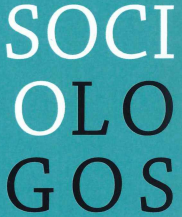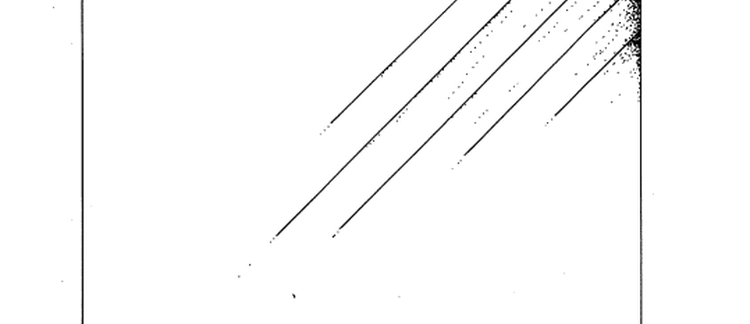Abstract
How the Catholic pillar could maintain itself in a period of increasing secularization has been investigated in previous studies. During the seventies, the Catholic organizational network was integrated by a new collective consciousness, by an attractive service package, and by selective control of the strategic positions. The Christian Democratic Party (CVP) was partially able to recover its losses of the sixties to the regional parties. Around 1980, however, changes again occurred in the bonding of the Catholics to their political party. Among the higher income classes, the CVP lost primarily to the Liberals. Younger people from Catholic families (1981) and professionals from the educational system and from welfare and cultural organizations (1984) seemed to be very much attracted. by the ecology or "green" parties (Agalev, Ecolo). In the Flemish Christian Labour Movement, too, the relationship with the CVP was questioned. The decline of the CVP was particulary noticeable after 1980 among Church-going members of the pillar organizations. On the level of the members, the Catholic pillar has de facto become politically pluralistic. In the long run, this cannot be without consequences for the relationship between Catholic organizations and the political parties.
How to Cite:
Billiet, J. & Dobbelaere, K., (1986) “Naar een desinstitutionalisering van de christelijke zuil?”, Tijdschrift voor Sociologie 7(1-2), 129–164. doi: https://doi.org/10.21825/sociologos.85937
Downloads:
Download PDF
View PDF


